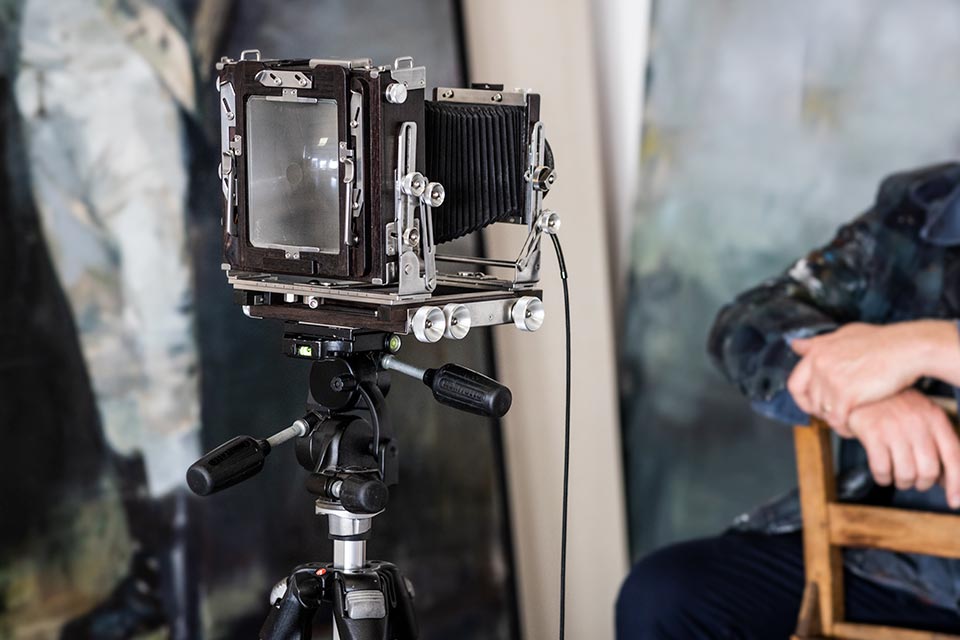My journey from Film to Digital Photography
Producing black and white prints in a darkroom at school fuelled my passion for photography. As corny as it sounds, seeing the images appear and develop in the tray of developer is a magical and spellbinding experience.
Differences between Film & Digital
What I think can be missing when working with digital is the tactile, hands-on element you get working with photographic film. The process allows you to consider every element very carefully, particularly focus, exposure and composition. Learning how to load the film into tanks in complete darkness, mixing all the chemistry correctly and to the right temperature to develop the film and produce negatives, is a meditative and thoughtful process. Most professional photographers find that the process isn’t practical however in the commercial world. Digital is the way forward as it’s far more efficient than processing film, but I do miss the creative and unique element that’s not always carried over into digital photography.
With film, you might wait days, or even weeks if you’re travelling, before you find out how the images turned out. With digital, you can check the images that you produce immediately. The ability to do this is very convenient but you lose that element of extra concentration applied to shooting film that I think can be beneficial to the end result.

My journey to digital photography
When I was studying photography in the late 90s, I was taught purely on film and then I went on to teach people on film myself. Digital was starting to become more prevalent whilst I was teaching and I started to demonstrate digital cameras to my students. In those days, we didn’t have significant digital printers like photography departments would have now. I was largely self-taught when it came to digital. When I became a commercial photographer, I opted to go digital straightaway. I invested £6k in my first camera, plus more for the lenses and lighting equipment. I taught myself about the different file types, researching as much as I could and studying Photoshop textbooks to bring me up to speed.
I still use techniques today that I picked up then. Especially the shortcuts, such as cropping an image to the right size, setting up DPI (dots per inch) correctly for a printed image, manipulating images i.e. dodging (taking light away) and burning (applying additional light),
adjusting and converting colour and contrast, etc. There are certain elements that translate from film to digital. For example, a lot of the language that’s used for Photoshop tools references darkroom principles and processes.
Advantages of digital photography
One of the advantages of digital is an efficient workflow, such as bulk processing of images. You can apply the same adjustments to 500 images in one go, for example, rather than changing every single one as you go along. Even if you were a skilled darkroom technician, it’d be hard to make every print identical. Whereas, once you have the digital file you can make multiple identical prints.
Storage archiving is another significant benefit of working with digital. Back in the day, you would have had several filing cabinets full of negatives that you’d have to create a system for, and it’d be difficult to go back and find a negative that you shot 20 years ago. Nowadays, if a client asks for a particular image, you can easily search a large drive and find the image that you want in seconds, rather than hours.
Another significant difference between film and digital is the cost attached to film. You’re very aware when you’re shooting film that it’s costing you money. Each exposure has the cost of not just the film but also the processing costs.
I’m certainly not taking away the huge advantages of digital, which I very much appreciate day to day in my working life. But processing film will always hold a special place for me. There may be an element of nostalgia but whenever I get the rare opportunity to produce black and white prints, I still feel the same excitement today that I had at school all those years ago.
Read more about ‘How I started my career as a professional photographer’.
